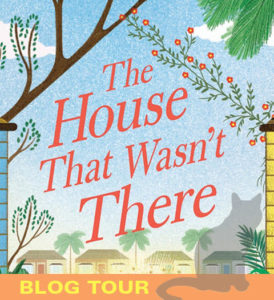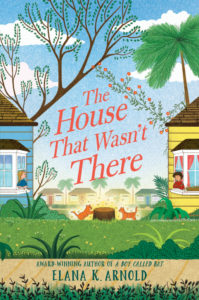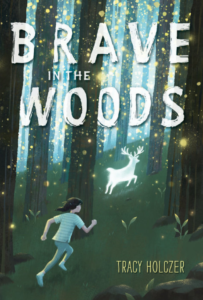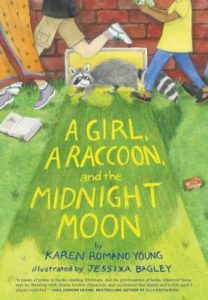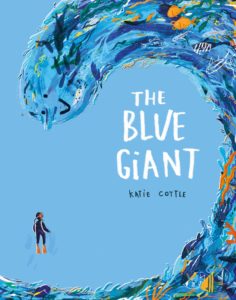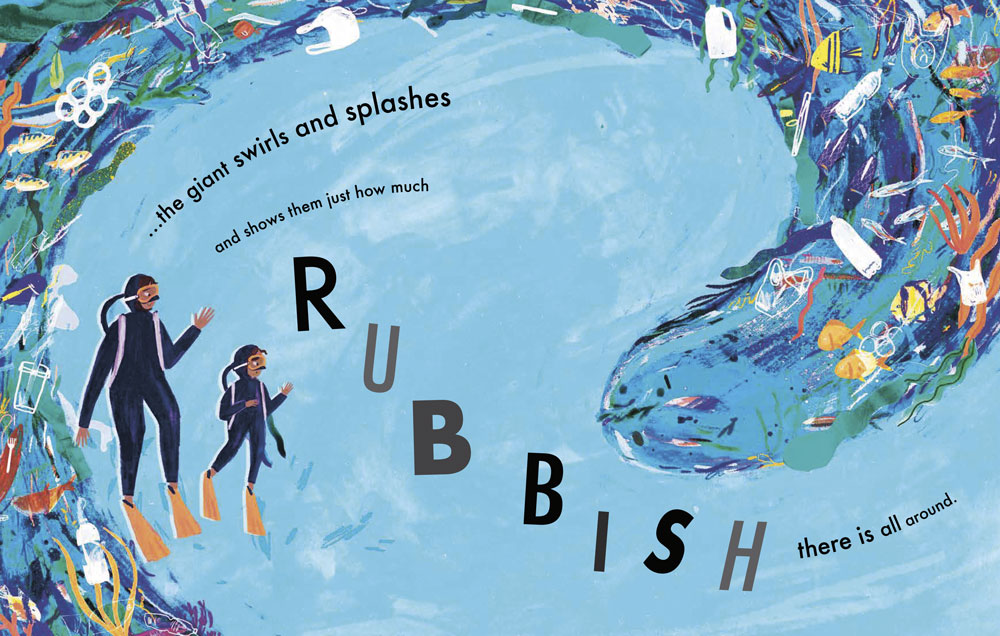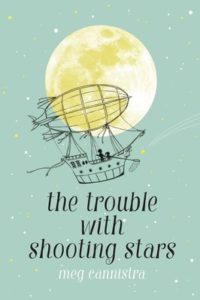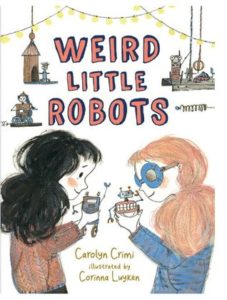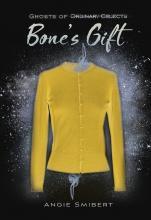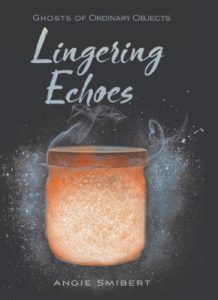The House That Wasn’t There
Author: Elana K. Arnold
Published March 30th, 2021 by Walden Pond Books
Summary: Alder has always lived in his cozy little house in Southern California. And for as long as he can remember, the old, reliable, comforting walnut tree has stood between his house and the one next door. That is, until a new family—with a particularly annoying girl his age—moves into the neighboring house and, without warning, cuts the tree down.
Oak doesn’t understand why her family had to move to Southern California. She has to attend a new school, find new friends, and live in a new house that isn’t even ready—her mother had to cut down a tree on their property line in order to make room for a second floor. And now a strange boy next door won’t stop staring at her, like she did something wrong moving here in the first place.
As Oak and Alder start school together, they can’t imagine ever becoming friends. But the two of them soon discover a series of connections between them—mysterious, possibly even magical puzzles they can’t put together.
At least not without each other’s help.
Award-winning author Elana K. Arnold returns with an unforgettable story of the strange, wondrous threads that run between all of us, whether we know they’re there or not.
About the Author: Elana K. Arnold is the author of critically acclaimed and award-winning young adult novels and children’s books, including the Printz Honor winner Damsel, the National Book Award finalist What Girls Are Made Of, and Global Read Aloud selection A Boy Called Bat and its sequels. Several of her books are Junior Library Guild selections and have appeared on many best book lists, including the Amelia Bloomer Project, a catalog of feminist titles for young readers. Elana teaches in Hamline University’s MFA in Writing for Children and Young Adults program and lives in Southern California with her family and menagerie of pets.
Praise for The House That Wasn’t There:
“In this luminous story full of mystery and magic, Elana K. Arnold weaves a shimmering tapestry about the lovely and surprising ways we’re connected to each other. Heart-healing, hopeful, and wonderfully inventive, this beautiful novel by a master storyteller is not to be missed.” —Katherine Applegate, Newbery Medal-winning author of The One and Only Ivan
“Told through alternating perspectives that offer clearly rendered details, this compassionate novel gives a unique twist to familiar situations—feeling lonely, adjusting to new environments, forging new bonds—while inviting readers to open their imaginations to all sorts of wonderful possibilities.” —Publishers Weekly (starred review)
“The author enriches her sparely told story with hints of magic, song lyrics, good choices that key sudden sea changes in several relationships, and the small background details that make settings and backstories seem real. A low-key marvel rich in surprises, small fuzzy creatures, and friendships old and new.” —Kirkus Reviews (starred review)
Review: I love what Elana K. Arnold can do with a story! She is brilliant when it comes to weaving in secondary stories that often have way more impact than the reader realizes and for building secondary characters that leave a lasting impression.
In The House That Wasn’t There, I was struck with this talent again as I followed Alder’s and Oak’s life as they collide suddenly at the beginning of 6th grade and how their school project, a walnut tree, a dead possum, and adopted kittens all intertwine to help tell their story. The reader at times will wonder why certain things are happening or why something is being mentioned and then BAM it is revealed. It is quite fun to read! And with a bit of magical realism thrown in just for fun, a seemingly “normal” story becomes an extraordinary one!
It was also quite interesting how Arnold set up the chapters, alternating between Alder and Oak but in 3rd person. It helped keep the POV clear while also showing the reader a bit more about each of the character’s lives.
And finally: A shout out to Beck for not being what was expected; Faith for having a name, being a part of the story instead of the background, and being wonderful; and Mr. Rivera for being an innovative teacher that promotes collaboration, cross-curricular activities, and outside of the box thinking!
Educators’ Guide:
Flagged Passages: Preview the first two chapters from the publisher: READ A SAMPLE
Read This If You Love: A Girl, a Raccoon, and the Midnight Moon by Karen Romano Young, Brave in the Woods by Tracy Holczer, Quintessence by Jess Redman, Ikenga by Nnedi Okorafor, This Was Our Pact by Ryan Andrews, The Trouble with Shooting Stars by Meg Cannistra
Recommended For:
Don’t Miss the Other Stops on the Blog Tour!
March 28 Nerdy Book Club @nerdybookclub
March 29 YAYOMG @yayomgofficial
March 30 Unleashing Readers @UnleashReaders
March 31 Teachers Who Read @teachers_read
April 2 Maria’s Mélange @mariaselke
April 7 Bluestocking Thinking @BlueSockGirl
April 10 A Library Mama @librarymama
April 12 Storymamas @storymamas
Giveaway!
**Thank you to Walden Pond Press for providing a copy for review and giveaway!**
